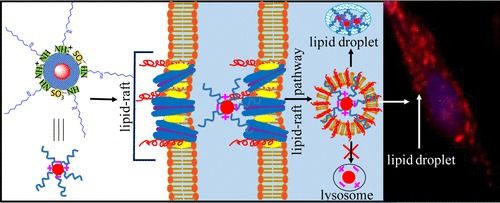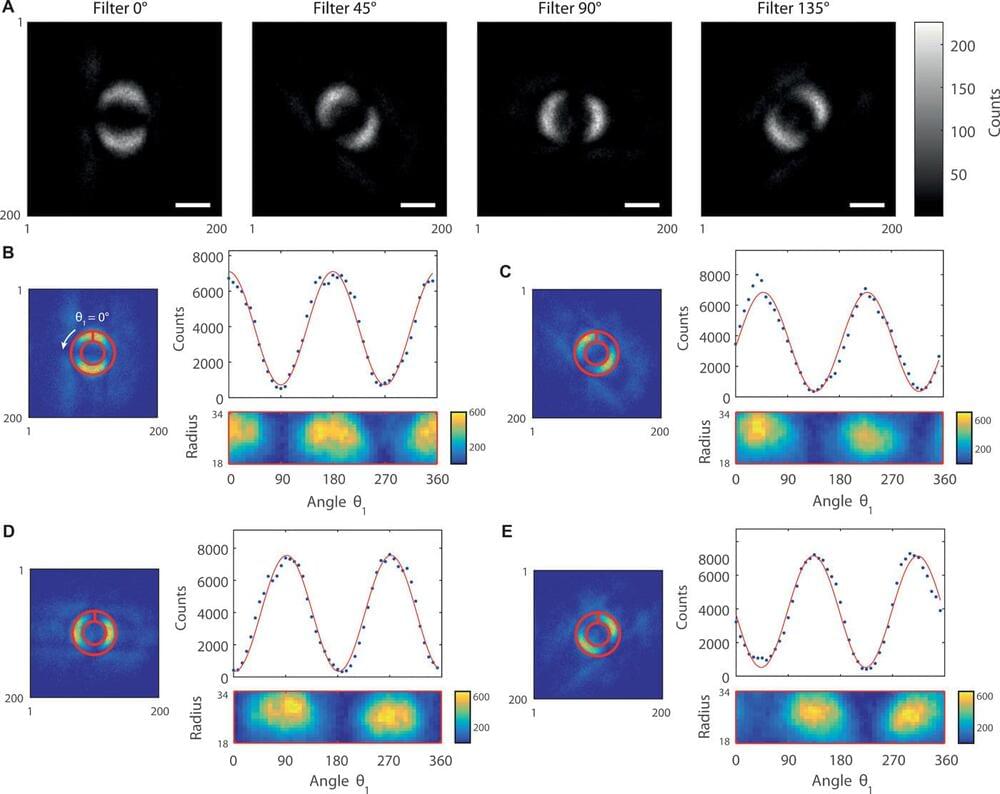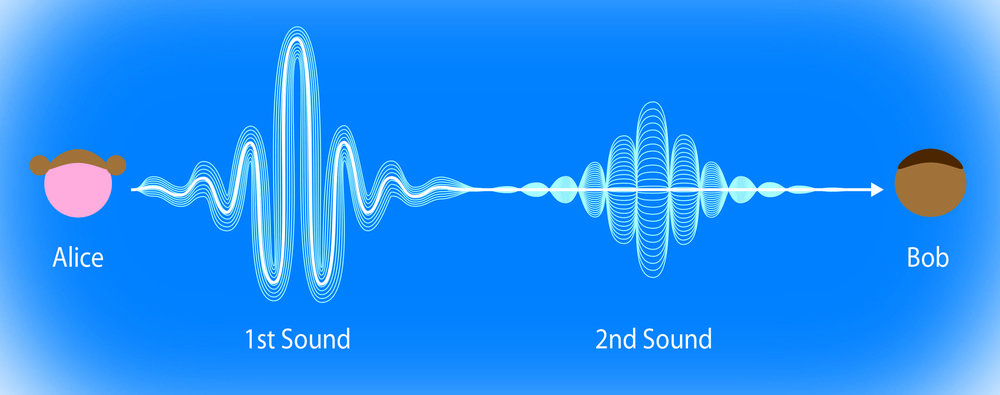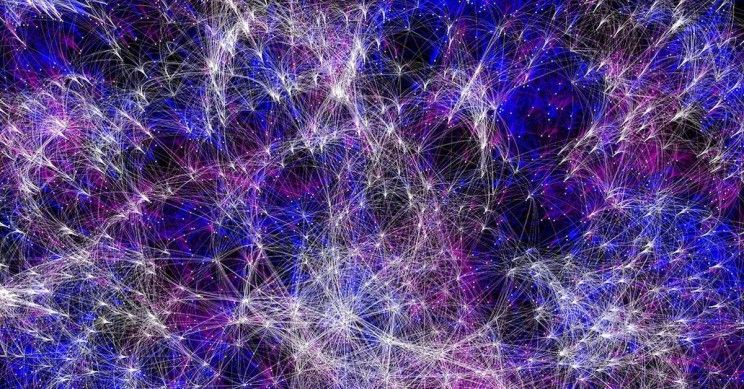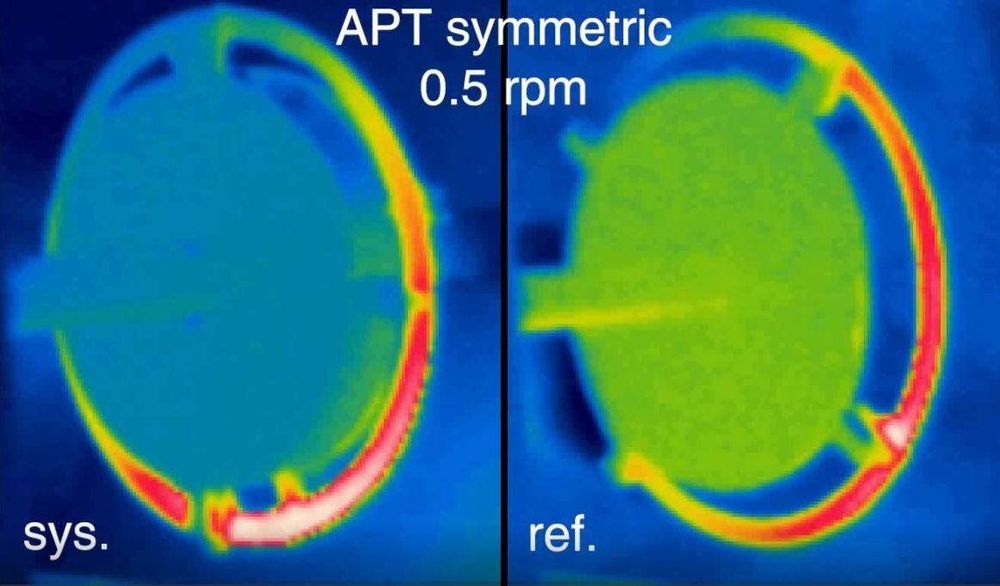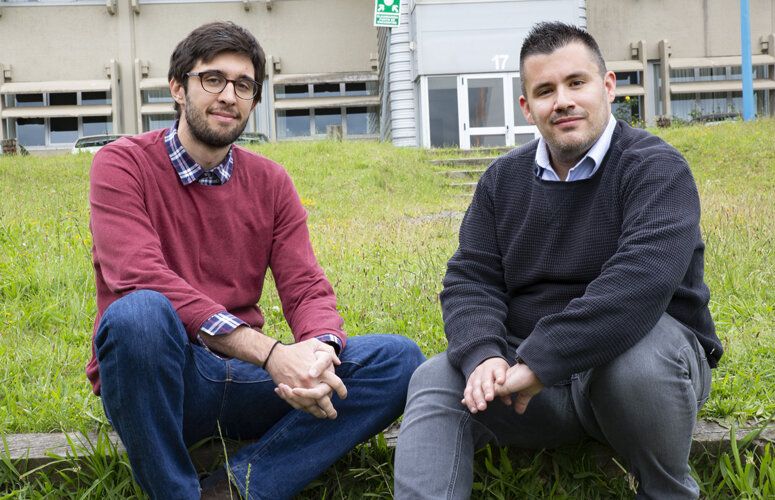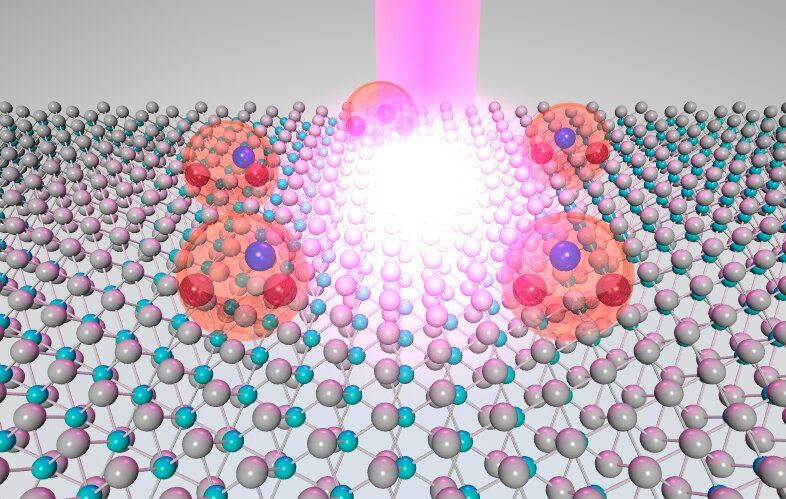Are made up of many thin layers of semiconductor. An injected electron makes a small energy transition as it moves from one layer to the next, emitting light on each cascade. Because the energy steps are small, quantum cascade lasers can produce long-wavelength mid-infrared or terahertz radiation.
Archive for the ‘quantum physics’ category: Page 643
Jul 13, 2019
Quantum Dot-Based Designed Nanoprobe for Imaging Lipid Droplet
Posted by Richard Christophr Saragoza in categories: biotech/medical, quantum physics, robotics/AI
Nanoprobes were microscopic robotic devices used by the Borg for the primary purpose of assimilation, as well as to help maintenance and even repair their mechanical and biological components on a microscopic level. Injected into a target’s bloodstream via assimilation tubules, the nanoprobes immediately began to take over the host cells’ functions. Nanoprobes could also be modified for a variety of medical and technical tasks.
Jul 13, 2019
Scientists unveil the first-ever image of quantum entanglement
Posted by Paul Battista in category: quantum physics
For the first time ever, physicists have managed to take a photo of a strong form of quantum entanglement called Bell entanglement—capturing visual evidence of an elusive phenomenon which a baffled Albert Einstein once called ‘spooky action at a distance’.
Jul 11, 2019
A new path to understanding second sound in Bose-Einstein condensates
Posted by Quinn Sena in category: quantum physics
There are two sound velocities in a Bose-Einstein condensate. In addition to the normal sound propagation there is second sound, which is a quantum phenomenon. Scientists in Ludwig Mathey’s group from the University of Hamburg have put forth a new theory for this phenomenon.
When you jump into a lake and hold your head under water, everything sounds different. Apart from the different physiological response of our ears in air and water, this derives from the different sound propagation in water compared to air. Sound travels faster in water, checking in at 1493 m/s, on a comfortable summer day of 25°C. Other liquids have their own sound velocity, like alcohol with 1144 m/s, and helium, if you go to a chilling −269°C for its liquefied state, with 180 m/s.
These liquids are referred to as classical liquids, examples for one of the primary states of matter. But if we cool down that helium a few degrees more, something dramatic happens, it turns into a quantum liquid. This macroscopic display of quantum mechanics is a superfluid, a liquid that flows without friction.
Jul 11, 2019
Super-Asymmetry powered by Wikia
Posted by Quinn Sena in categories: cosmology, particle physics, quantum physics
The concept of super-asymmetry is related to super-symmetry string theory.
In particle physics, “supersymmetry” is a proposed type of space-time symmetry that relates two basic classes of elementary particles: bosons, which have an integer-valued spin, and fermions, which have a half-integer spin. Each particle from one group is associated with a particle from the other, known as its super-partner, the spin of which differs by a half-integer.
While most of the science discussed in the show has it’s basis with real-world science, the concept of super-asymmetry is fairly unique to the world of “The Big Bang Theory”. Amy and Sheldon are working on a new theory or concept for string theory and appear to be on the road to a Nobel Prize.
Jul 11, 2019
Infinite-dimensional symmetry opens up possibility of a new physics — and new particles
Posted by Quinn Sena in categories: particle physics, quantum physics
Circa 2018
The symmetries that govern the world of elementary particles at the most elementary level could be radically different from what has so far been thought. This surprising conclusion emerges from new work published by theoreticians from Warsaw and Potsdam. The scheme they posit unifies all the forces of nature in a way that is consistent with existing observations and anticipates the existence of new particles with unusual properties, which may even be present in our close environs.
For half a century, physicists have been trying to construct a theory that brings together all four fundamental forces of nature, describes the known elementary particles and predicts the existence of new ones. So far these attempts have not found experimental confirmation and the Standard Model — an old and surely incomplete, but still surprisingly effective theoretical construct — has successfully remained in use for years as our best description of the quantum world. In a recent paper in Physical Review Letters, Prof. Krzysztof Meissner from the Institute of Theoretical Physics, Faculty of Physics, University of Warsaw, and Prof. Hermann Nicolai from the Max-Planck-Institut für Gravitationsphysik in Potsdam have presented a new scheme generalizing the Standard Model that incorporates gravitation into the description. The shortcomings of previous attempts were overcome through the application of a kind of symmetry not previously used in the description of elementary particles.
In physics, symmetries are understood somewhat differently than in the colloquial sense of the word. For instance, note that whether we drop a ball from the same spot now or one minute from now, it will still fall in the same way. That is a manifestation of a certain symmetry: the laws of physics remain unchanged with respect to shifts in time. Similarly, we can drop the ball while standing and facing once in a southward direction, once westward, or we can drop it from the same height in one location, then another. The ball will still fall in the same way in both cases, which means that the laws of physics are symmetrical also with respect to the operations of rotation and spatial displacement, respectively.
Jul 11, 2019
Quantum sensor breakthrough using naturally occurring vibrations in artificial atoms
Posted by Quinn Sena in categories: particle physics, quantum physics
A team of scientists, led by the University of Bristol, have discovered a new method that could be used to build quantum sensors with ultra-high precision.
When individual atoms emit light, they do so in discrete packets called photons.
When this light is measured, this discrete or ‘granular’ nature leads to especially low fluctuations in its brightness, as two or more photons are never emitted at the same time.
Jul 11, 2019
Scientists discover how to ‘lock’ heat in place using quantum mechanics
Posted by Quinn Sena in categories: engineering, quantum physics
A ground-breaking study conducted by researchers from the National University of Singapore (NUS) has revealed a method of using quantum mechanical wave theories to “lock” heat into a fixed position.
Ordinarily, a source of heat diffuses through a conductive material until it dissipates, but Associate Professor Cheng-Wei Qiu from the Department of Electrical and Computer Engineering at the NUS Faculty of Engineering and his team used the principle of anti-parity-time (APT) symmetry to show that it is possible to confine the heat to a small region of a metal ring without it spreading over time.
In the future, this newly demonstrated phenomenon could be used to control heat diffusion in sophisticated ways and optimize efficacy in systems that need cooling. The results of the study were published on 12 April 2019 in the journal Science.
Jul 11, 2019
Secure quantum communications in the microwave range for the first time
Posted by Quinn Sena in categories: computing, particle physics, quantum physics
Mikel Sanz, of the Physical Chemistry Department of UPV/EHU, leads the theoretical group for an experiment published by the prestigious journal, Nature Communications. The experiment has managed to prepare a remote quantum state; i.e., absolutely secure communication was established with another, physically separated quantum computer for the first time in the microwave regime. This new technology may bring about a revolution in the next few years.
Within the greater European project of the Quantum Flagship, spearheaded by Mikel Sanz—researcher of the QUTIS Group of the UPV/EHU Physical Chemistry Department—an experiment has been conducted in collaboration with German and Japanese researchers who have managed to develop a protocol for preparing a remote quantum state while conducting communication in the microwave regime, “which is the frequency at which all quantum computers operate. This is the first time the possibility of doing so in this range has been examined, which may bring about a revolution in the next few years in the field of secure quantum communication and quantum microwave radars,” lead researcher in this project Mikel Sanz observes.
The preparation of a remote quantum state (known as remote state preparation) is based on the phenomenon of quantum entanglement, where sets of entangled particles lose their individuality and behave as single entities, even when spatially separated. “Thus, if two computers share this quantum correlation, performing operations on only one of them can affect the other. Absolutely secure communication can be achieved,” Sanz explains.
Jul 10, 2019
Physicists’ finding could revolutionize information transmission
Posted by Quinn Sena in categories: particle physics, quantum physics
Move aside, electrons; it’s time to make way for the trion.
A research team led by physicists at the University of California, Riverside, has observed, characterized, and controlled dark trions in a semiconductor—ultraclean single-layer tungsten diselenide (WSe2)—a feat that could increase the capacity and alter the form of information transmission.
In a semiconductor, such as WSe2, a trion is a quantum bound state of three charged particles. A negative trion contains two electrons and one hole; a positive trion contains two holes and one electron. A hole is the vacancy of an electron in a semiconductor, which behaves like a positively charged particle. Because a trion contains three interacting particles, it can carry much more information than a single electron.
